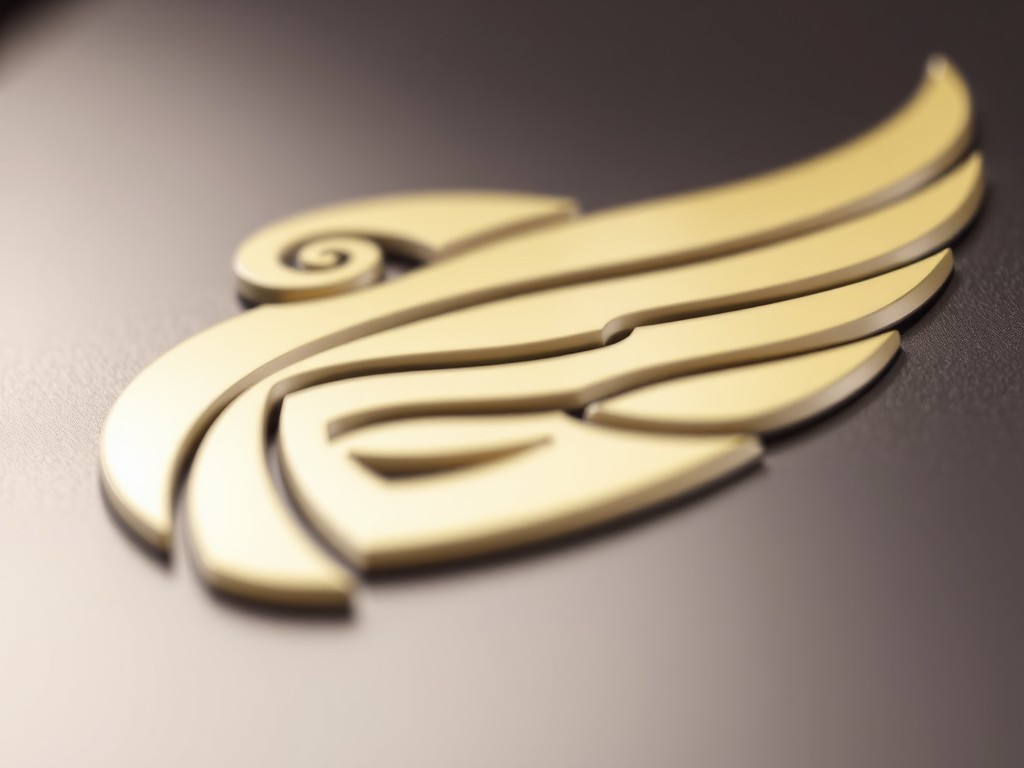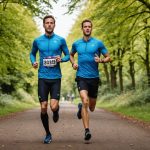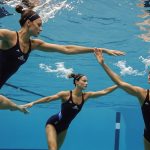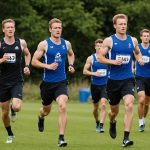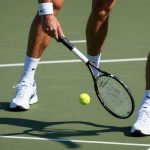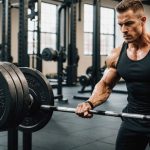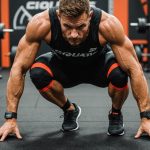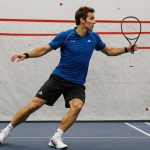Importance of Recovery for Aikido Practitioners
Rest is a crucial component of any athlete’s training, and for Aikido practitioners, it plays a significant role in enhancing performance. Recovery strategies are not just about relaxing but are integral to maintaining peak Aikido performance. Utilising effective rest benefits practitioners by preventing injuries and promoting longevity in the sport.
Aikido, with its unique blend of fluid movements and balance, demands specific recovery techniques tailored to its distinctive nature. These techniques may include practices such as stretching, meditation, and proper hydration, which are essential to addressing the physical and mental demands of Aikido training.
Additional reading : Top Mental Preparation Techniques for UK Boxers Before the Big Fight
The consequences of inadequate rest can be severe, impacting not only physical capabilities but also concentration and technique execution. Lack of recovery can lead to fatigue, decreased efficiency, and a higher risk of injury, making it harder for practitioners to achieve their goals. Without appropriate rest, the performance of Aikido practitioners may decline, impacting their ability to learn and internalise new skills.
Ultimately, prioritising recovery can allow athletes to optimise their Aikido performance and continue to progress in their practice by ensuring both the body and mind are in alignment.
Have you seen this : Integrating Cognitive Training into the Daily Routines of UK Judo Athletes: A Comprehensive Guide
Physical Recovery Techniques
The road to optimal physical recovery involves a multitude of practices that aim to rejuvenate both body and mind. Among these, implementing proper stretching routines stands out as essential.
Stretching and Flexibility
Emphasising flexibility, stretching before and after Aikido training is crucial. Stretching prepares muscles for activity, preventing injuries. Post-training, it aids in reducing muscle tightness and soreness. For Aikido practitioners, a routine typically includes dynamic stretching beforehand, such as leg swings and arm circles. After training, static stretching focuses on quads, hamstrings, and shoulders, holding each stretch for 15-30 seconds.
Sleep Hygiene
Equally vital to recovery is maintaining good sleep hygiene. Quality sleep accelerates recovery by enhancing muscle repair and mental function. Adhering to best practices, like creating a regular sleep schedule and ensuring a comfortable sleep environment, is foundational. Sleep deprivation, conversely, can lead to impaired recovery, reduced performance, and heightened injury risk.
Active Recovery Strategies
Incorporating active recovery approaches can complement these techniques. Low-intensity exercises, such as walking or cycling, improve circulation and aid in recovery. Additionally, practices like yoga and tai chi offer a dual benefit: promoting relaxation while fostering strength and flexibility. These activities help both unwind and priming the body for further exertion.
Nutritional Strategies for Optimal Recovery
When recovering from Aikido training, appropriate nutrition is crucial. Implementing suitable strategies can significantly impact your overall performance and well-being. Let us delve into these essential nutritional insights.
Essential Nutrients for Recovery
Recovery foods replenishing energy levels should contain balanced macros and micros. Incorporate protein-dense sources like lean meats, fish, or plant-based options such as beans and lentils, which are excellent for muscle repair. Carbohydrates replenish glycogen levels, hence whole grains, fruits, and vegetables are recommended additions to your diet.
The Role of Hydration
Maintaining proper hydration is pivotal during Aikido training and recovery. Hydration ensures all bodily functions operate optimally, aiding muscle repair and reducing fatigue. Aikido practitioners should drink water regularly and consider electrolytes to replace salts lost in sweat. This supports sustaining energy and focus during demanding routines.
Meal Timing and Planning
Proper meal timing before and after training sessions is key. For pre-training meals, aim for a small, carbohydrate-rich meal about two hours prior to practice. This will fuel your energy reserves. Post-training meals are vital for recovery, ideally consumed within 30 minutes to two hours. Simple meals might include grilled chicken with quinoa or a smoothie with Greek yoghurt, spinach, and bananas.
Mental Recovery Practices
In the dynamic world of Aikido, mental recovery is as essential as physical healing. Embracing mindfulness and stress reduction techniques empowers practitioners to recuperate holistically, promoting both bodily and mental well-being.
Mindfulness and Meditation
Mindfulness brings notable benefits to Aikido enthusiasts, enhancing focus and presence on the mat. Engaging in mindfulness practices sharpens awareness, leading to improved technique execution and reduced reaction time. Simple meditation techniques, like focusing on one’s breath or observing thoughts without judgment, can be seamlessly integrated before or after practice sessions. This routine fosters a tranquil mind and boosts overall situational awareness, essential for mastering Aikido techniques.
Visualization Techniques
Visualization aids in the physical recovery process by mentally rehearsing movements, thus fine-tuning skills without actual physical exertion. For Aikido practitioners, exercises like imagining a fluid sequence of movements or revisiting past successful techniques can enforce positive muscular memory. Such mental imagery not only aids healing but also bolsters confidence in physical capabilities.
Stress Management Strategies
Recognizing stress signals is pivotal in managing one’s recovery journey. Stress, if unchecked, can impede recovery progress. Techniques like controlled breathing, progressive muscle relaxation, and mindful stretching post-training offer effective stress-reducing benefits. These practices help dissipate tension, enabling a smoother transition into restorative states and optimizing recovery potential.
UK-Specific Recovery Resources
Exploring the world of Aikido recovery, UK recovery facilities offer a plethora of resources aimed at supporting enthusiasts in enhancing their practice. These resources are crucial in training centres across the UK, where recovery is given as much importance as the martial art itself.
Local Recovery Facilities
In the UK, there are several sports recovery centres which are tailored for Aikido practitioners. These facilities often provide specialized treatment, incorporating both traditional and contemporary recovery techniques. Notable centres include those that offer physiotherapy, massage, and nutritional advice, essential for improving overall performance. Some even provide access to experts trained in the nuances of Aikido, ensuring you’re not just healing but also enhancing your skills.
Online Resources and Communities
Digital platforms are abundant with recovery advice aimed at Aikido practitioners. Websites and dedicated forums serve as valuable resources for sharing tips and strategies. These platforms often host online courses or workshops tailored to recovery strategies, allowing practitioners to learn at their own pace and convenience. Engaging with these communities can provide additional insights and foster a network of support and shared knowledge.
Expert Opinions and Studies
Research on recovery practices highlights effective methods specifically beneficial for Aikido training. Many studies advocate a balanced approach, integrating both physical and mental recovery techniques. Experts in the field emphasize the benefit of structured recovery routines, which can significantly enhance longevity and performance in Aikido.
